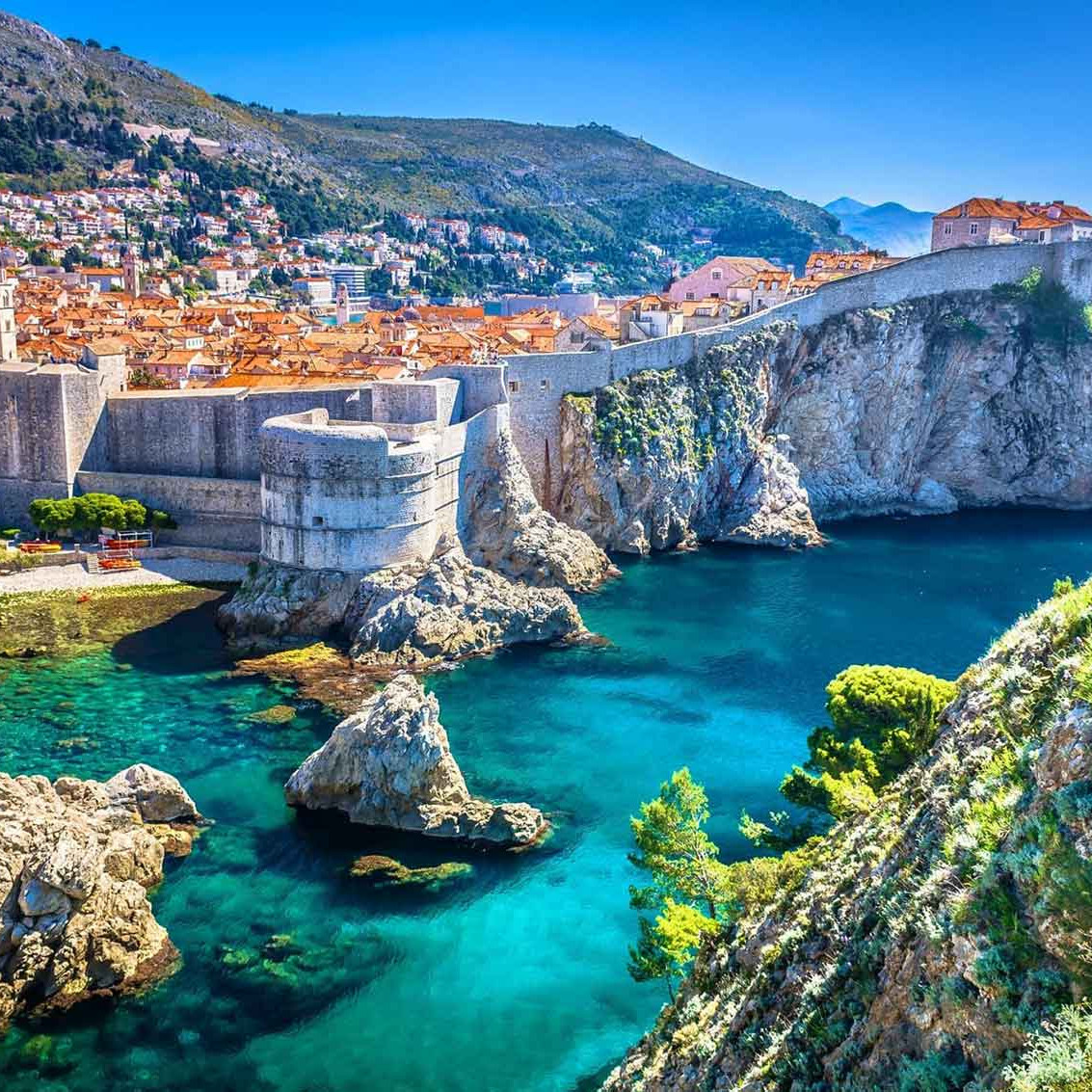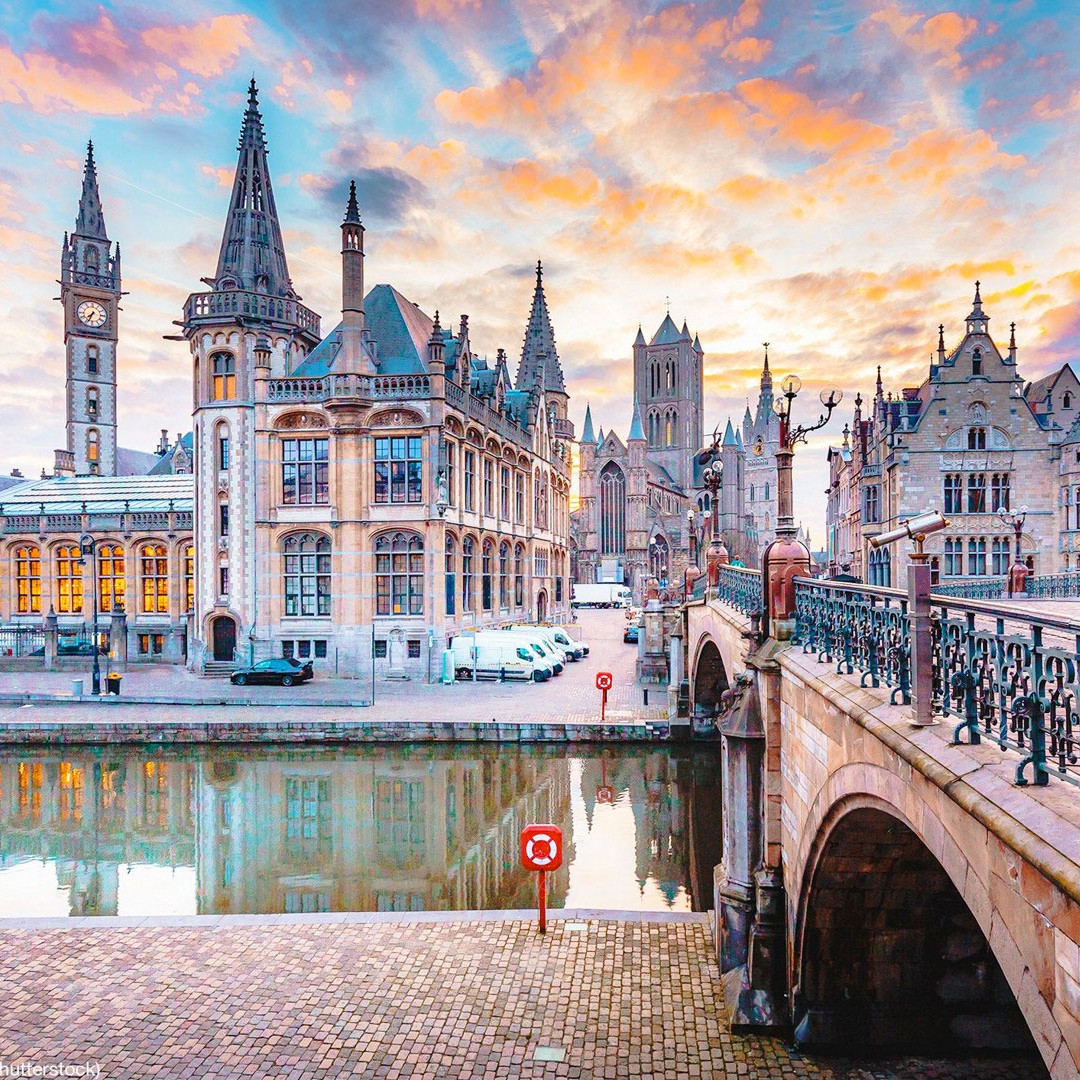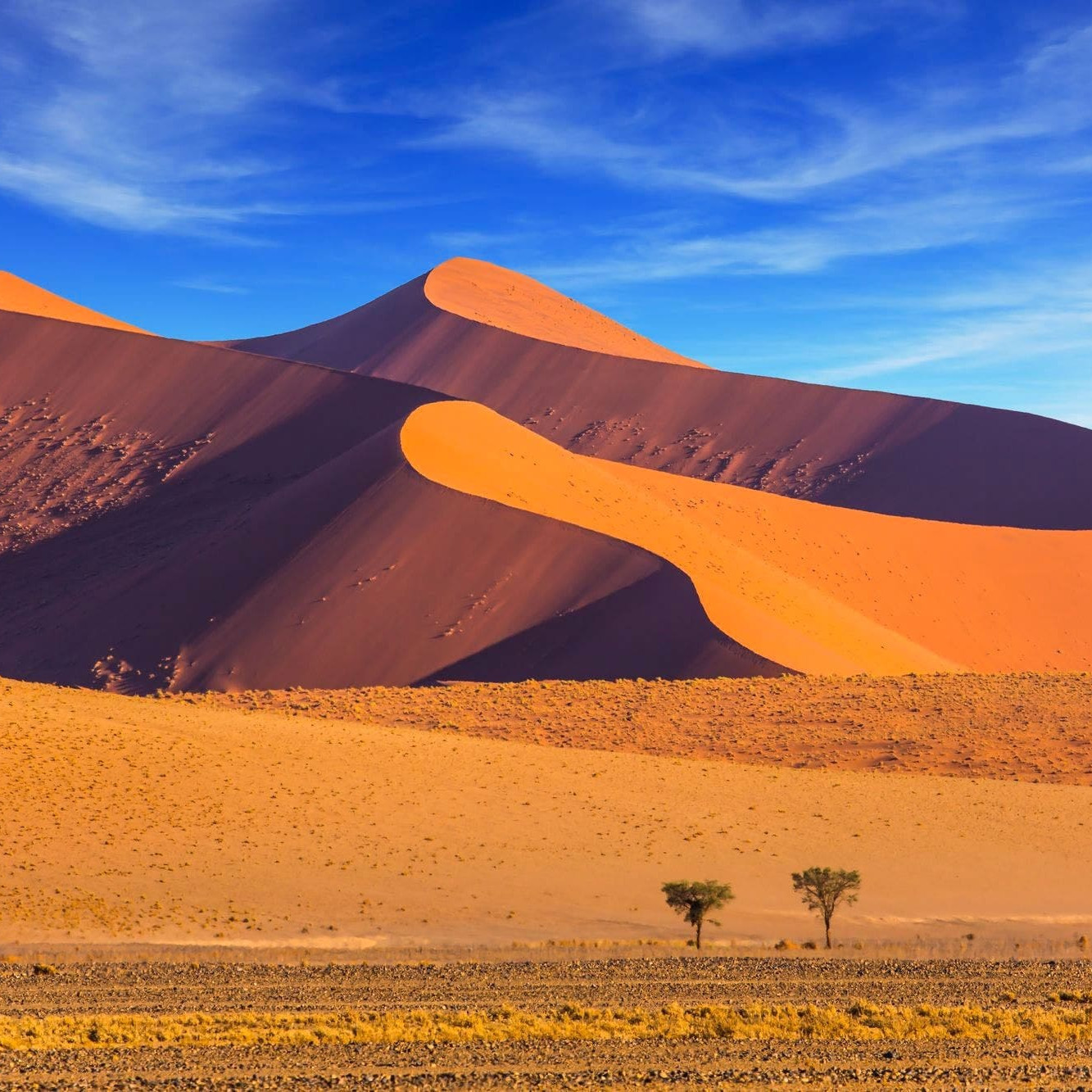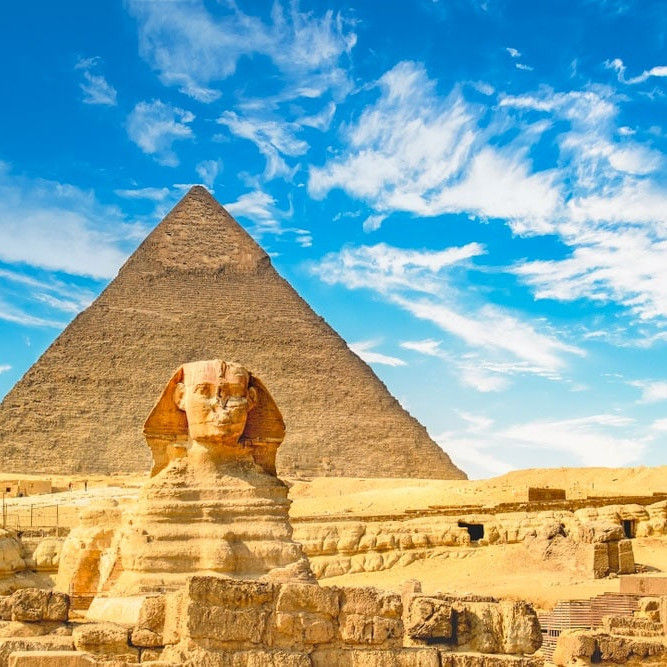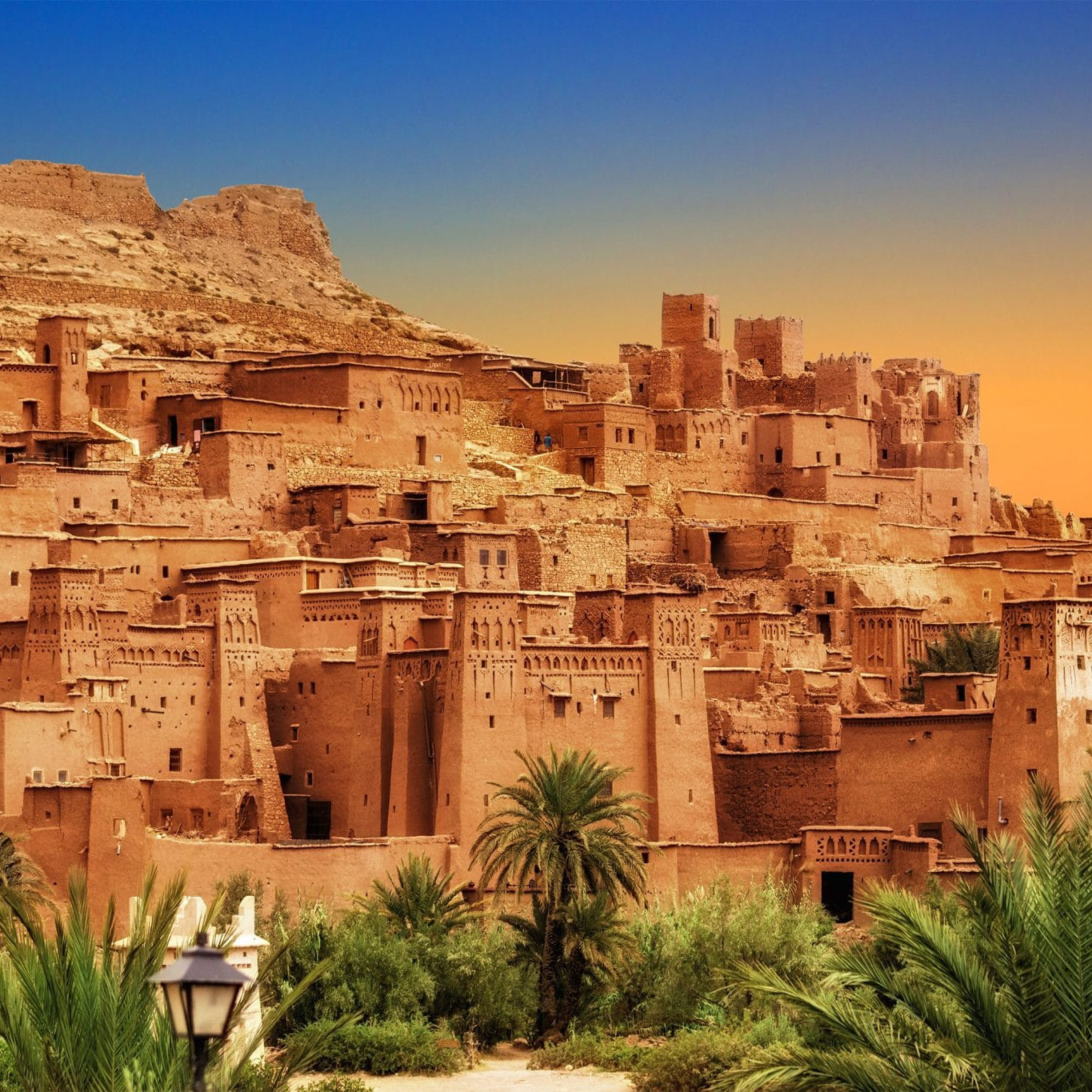Located in the Alps in Europe, Austria is a country that has much to offer to travelers looking for a mix of natural beauty and cultural attractions. Its stunning landscapes, rich history, and vibrant arts scene make it a must-visit destination for anyone looking to experience the best that Europe has to offer.
Why Visit Austria
LANDSCAPES
From snow capped Alpine peaks to beautiful natural reserves and crystal clear lakes, Austria’s scenery is nothing but inspiring, with many natural wonders that are worth visiting.
ART, MUSIC & CULTURE
Austria is also known for its contributions to the arts, with world-renowned musicians like Mozart and Strauss hailing from the country. Visitors can take in performances at the Vienna State Opera or the Salzburg Festival, or explore the country’s many museums and galleries to learn more about Austria’s rich cultural heritage.
ARCHITECTURE
Architecture is another highlight of Austria, with stunning examples of Gothic, Baroque, and Art Nouveau styles found throughout the country. The palaces and castles in Vienna and Salzburg are particularly impressive, offering visitors a glimpse into the opulence of Austria’s royal past.
THE CAKE
In case you didn’t know, Austria self-proclaimed as the capital of cake, as Franz Sacher created in 1832 in Vienna what is known today as the Sachertorte. Probably the most famous chocolate cake of all-time. Nowadays, there is at least one bakery on every street in Austria, something austrian takes great pride in. Their pastries and cakes are a must try.
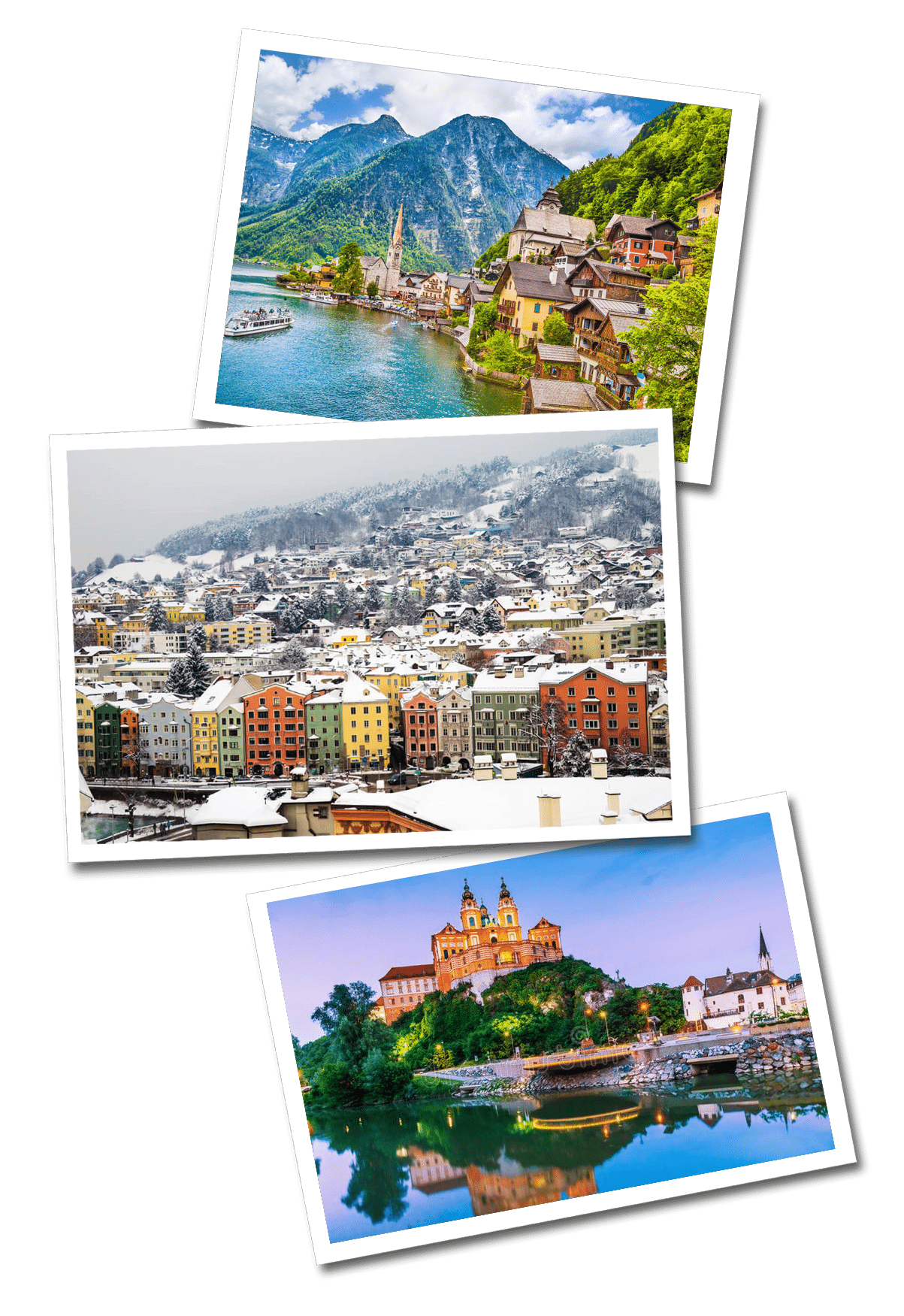
Located in the Alps in Europe, Austria is a country that has much to offer to travelers looking for a mix of natural beauty and cultural attractions. Its stunning landscapes, rich history, and vibrant arts scene make it a must-visit destination for anyone looking to experience the best that Europe has to offer.

Why Visit Austria
LANDSCAPES
From snow capped Alpine peaks to beautiful natural reserves and crystal clear lakes, Austria’s scenery is nothing but inspiring, with many natural wonders that are worth visiting.
ART, MUSIC & CULTURE
Austria is also known for its contributions to the arts, with world-renowned musicians like Mozart and Strauss hailing from the country. Visitors can take in performances at the Vienna State Opera or the Salzburg Festival, or explore the country’s many museums and galleries to learn more about Austria’s rich cultural heritage.
ARCHITECTURE
Architecture is another highlight of Austria, with stunning examples of Gothic, Baroque, and Art Nouveau styles found throughout the country. The palaces and castles in Vienna and Salzburg are particularly impressive, offering visitors a glimpse into the opulence of Austria’s royal past.
THE CAKE
In case you didn’t know, Austria self-proclaimed as the capital of cake, as Franz Sacher created in 1832 in Vienna what is known today as the Sachertorte. Probably the most famous chocolate cake of all-time. Nowadays, there is at least one bakery on every street in Austria, something austrian takes great pride in. Their pastries and cakes are a must try.
Bucket List
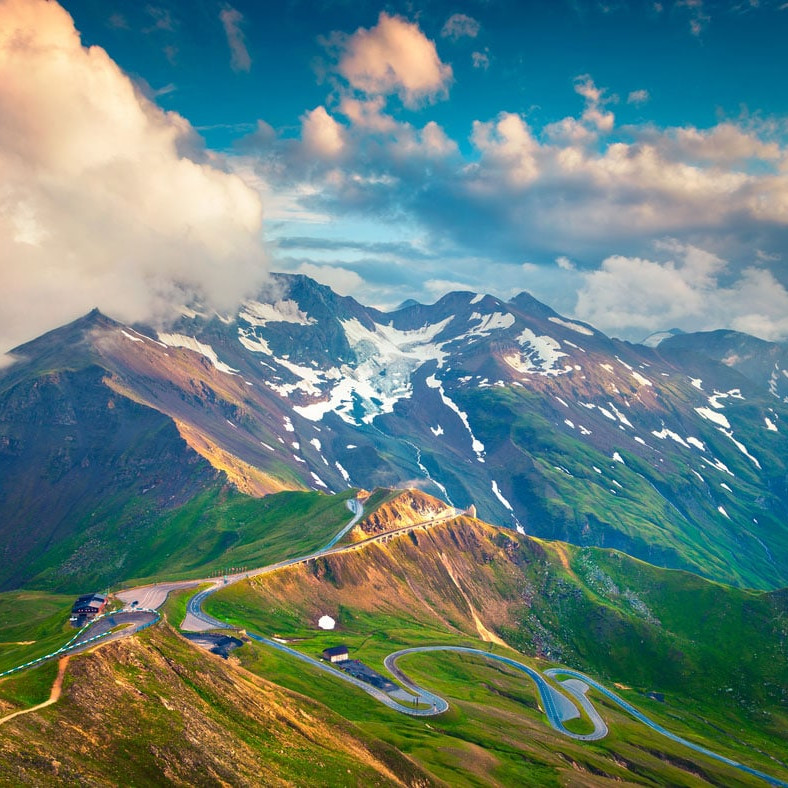
Drive-up Grossglockner Road
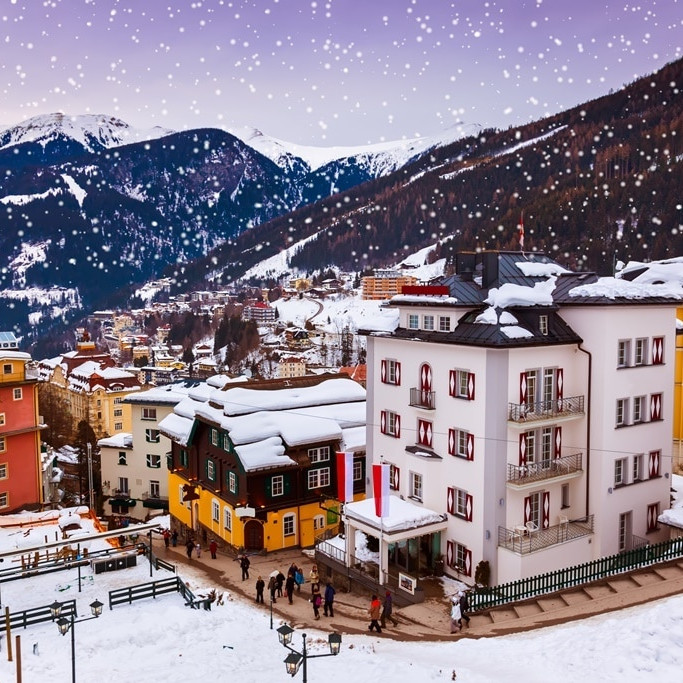
Visit the picturesque town of Bad Gastein
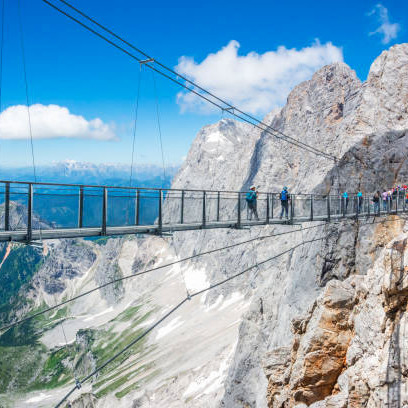
Walk on the Suspension Bridge
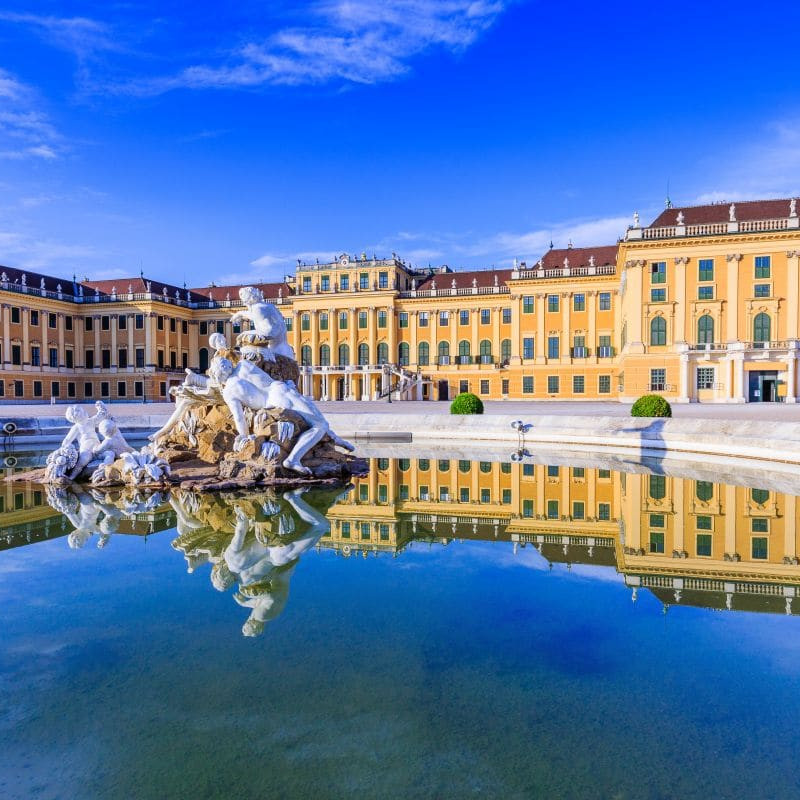
Visit the Palace of Schönbrunn in Vienna
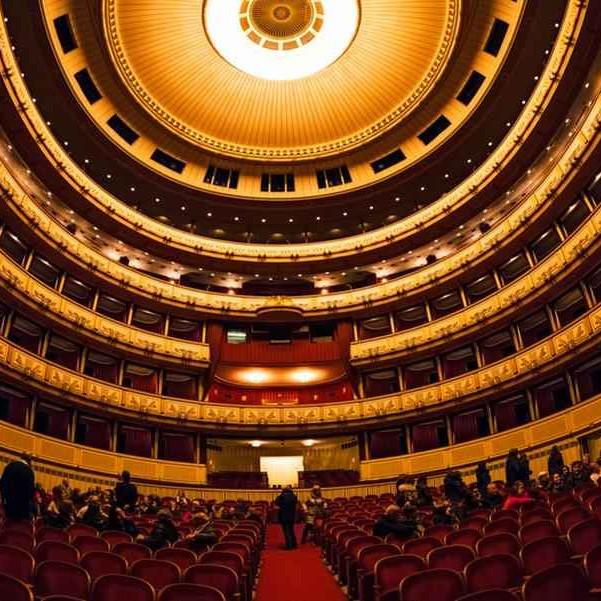
See a performance at the Vienna Opera House
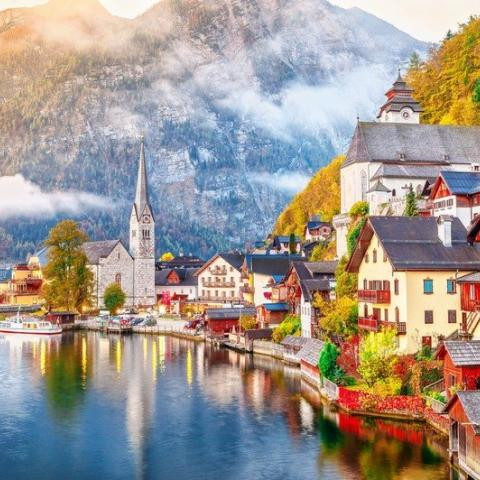
Visit Hallstatt

Ski on the Alps

Indulge yourself with Sacher torte
What to expect
LANGUAGE
Austria’s official language is German. However, due to the country’s location in Central Europe and its history as a multicultural empire, other languages such as Hungarian, Slovene, and Croatian are also spoken in certain regions.ELECTRICITY
In Austria the standard voltage is 230 V and the frequency is 50 Hz. That’s the standard voltage in the UK, Europe, Australia and most of Asia and Africa; If you are traveling from the US you will need an adaptor.
CURRENCY
Austria uses the euro (EUR) as its currency. As of 2023, the exchange rate to the US dollar is approximately 1 EUR = 1.17 USD. Europeans prefer cash, and even though debits cards are widely accepted, not all the places will let you swipe for small transactions. It would be better to get some cash from the ATM or exchange it at a bank.
SAFETY
Austria is a very safe country. Pickpocketing could happen just like anywhere else. Take common sense precautions and keep your valuables out of sight just in case.
VISA POLICY
Austria is a member state of the European Union and the Schengen Area, which means that citizens of certain countries can enter and stay in Austria without a visa for a certain period of time. Citizens of the European Union, European Economic Area (EEA), and Switzerland can enter Austria with a valid ID card or passport and stay for an unlimited period of time.
For citizens of other countries, Austria maintains a visa policy that varies depending on the country of origin. Some countries are exempt from obtaining a visa for short stays, while others require a visa in advance.
Citizens of the following countries can enter Austria without a visa for stays up to 90 days within a 180-day period: Albania, Andorra, Antigua and Barbuda, Argentina, Australia, Bahamas, Barbados, Bosnia and Herzegovina, Brazil, Brunei, Canada, Chile, Colombia, Costa Rica, Dominica, El Salvador, Georgia, Grenada, Guatemala, Honduras, Hong Kong SAR, Israel, Japan, Kiribati, Macao SAR, Macedonia, Malaysia, Marshall Islands, Mauritius, Mexico, Micronesia, Moldova, Monaco, Montenegro, New Zealand, Nicaragua, Palau, Panama, Paraguay, Peru, Saint Kitts and Nevis, Saint Lucia, Saint Vincent and the Grenadines, Samoa, San Marino, Serbia, Seychelles, Singapore, Solomon Islands, South Korea, Taiwan, Timor-Leste, Tonga, Trinidad and Tobago, Tuvalu, Ukraine, United Arab Emirates, United States of America, Uruguay, Vanuatu, Vatican City, and Venezuela.
Citizens of other countries not listed above will need to obtain a visa before entering Austria, which can be done through an Austrian embassy or consulate in their home country.
How to get around Austria
Austria has a well-developed transportation system that makes getting around the country easy and efficient. Here are some ways to get around Austria:
- Train: The train system in Austria is fast, reliable, and covers most of the country. There are various types of trains available, including regional trains, express trains, and high-speed trains.
- Bus: Buses are also a popular mode of transportation in Austria. They are often used to connect smaller towns and villages that are not accessible by train. FlixBus and Eurolines are two popular bus companies in Austria.
- Tram: Trams are available in some of Austria’s major cities, including Vienna, Graz, and Linz. They are a great way to get around the city quickly and efficiently.
- Subway: Vienna has an efficient subway system, also known as the U-Bahn. It covers most parts of the city and is a great way to avoid traffic.
- Bike: Austria is known for its scenic bike routes, and biking is a popular mode of transportation for tourists and locals alike. There are many bike rental shops throughout the country.
- Car: Renting a car is also an option for getting around Austria, especially if you want to explore the countryside at your own pace. However, driving in cities can be difficult due to traffic and limited parking.
SUBSCRIBE!
Are you a globetrotter? Join our platform and get exclusive travel tips, getaways and more!
Croatia
Croatia is a small & impressive country that has just recently become a popular mediterranean destination, featuring turquoise waters and..
Belgium
Travel Belgium, is a small country known as the world capital of the beer and the chocolate. The is also home to amazing architecure and..
Vietnam
Travel Vietnam, a country rich in culture, history, and natural beauty, making it a fascinating and unique destination for travelers. From...
Namibia
Travel to Namibia, a beautiful and diverse country known for its stunning natural landscapes and wildlife-rich national parks...
Mauritius
Travel Mauritius, a country renowned for its natural beauty, pristine beaches, and clear turquoise waters. The island is a perfect...
Egypt
Explote Egypt, home to one of the principal ancient civilizations and the world’s earliest urban and literate society. With over 5,000...
Croatia
Croatia is a small & impressive country that has just recently become a popular mediterranean…
Belgium
Travel Belgium, is a small country known as the world capital of the beer and the chocolate. The is…
Morocco
Morocco, Mythical, colorful, exotic and diverse, and just some of the reasons why everybody should…


